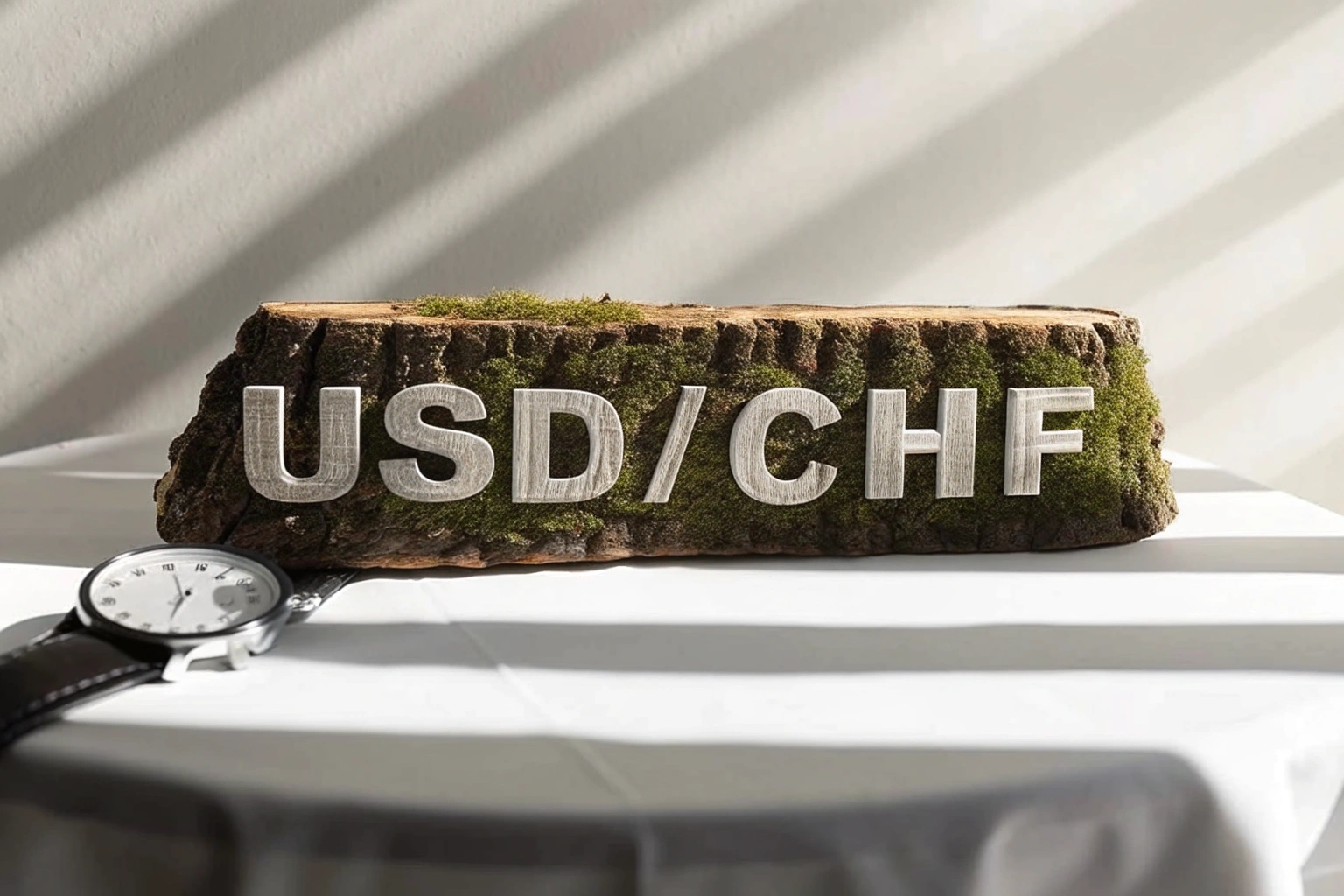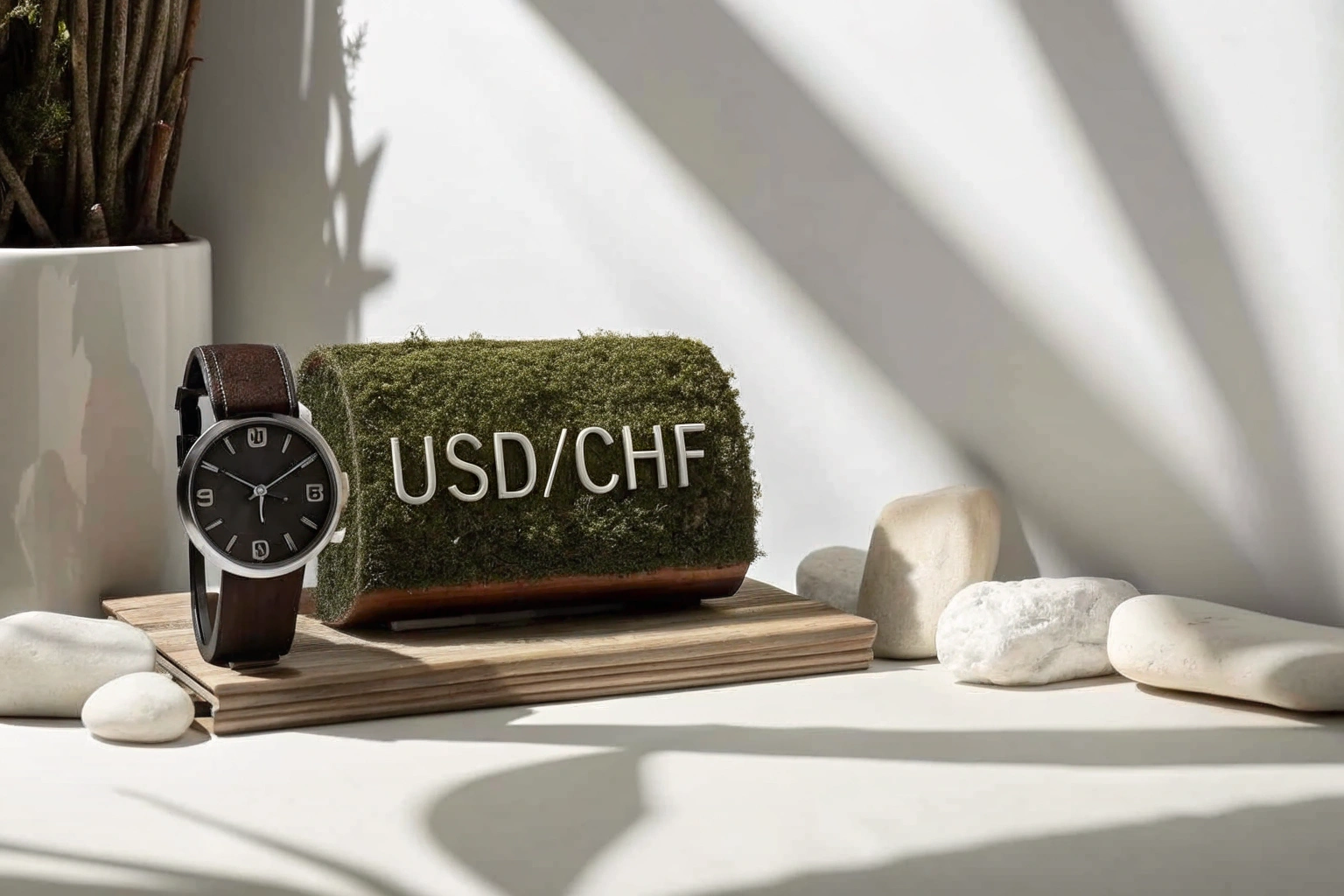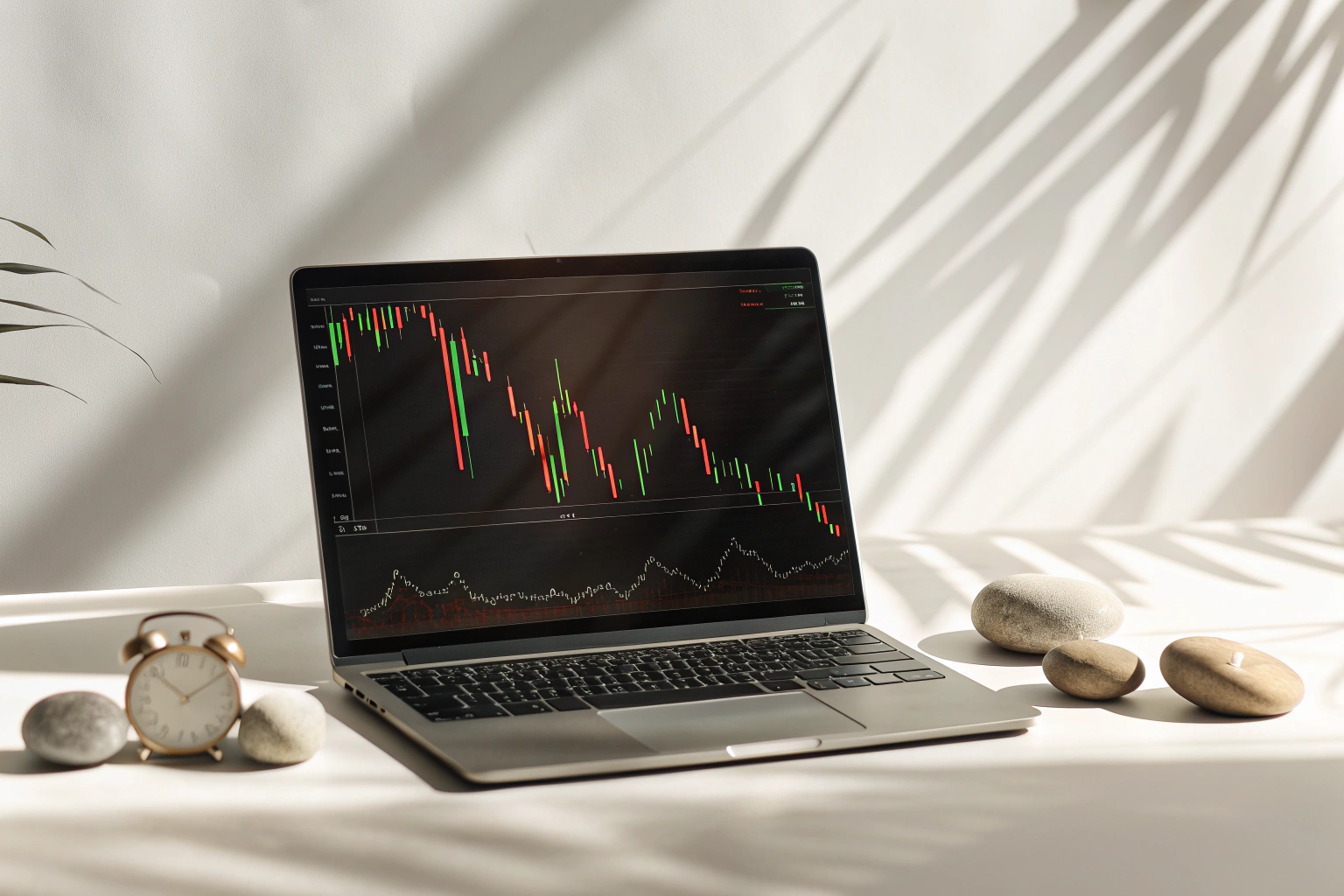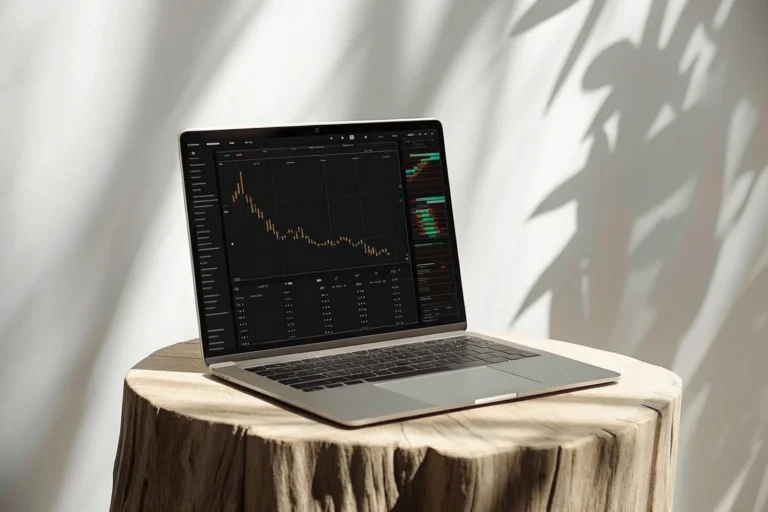Best Time to Trade USD/CHF: Session Overlaps and Volatility

In forex trading, timing is not just a detail — it is a defining advantage. This is particularly certain in the USD/CHF market, which is famous for safe haven flows, central bank interventions, and wild intraday moves. The U.S. dollar versus the Swiss franc (USD/CHF) is one of the most recognized pairs among major forex pairs and is notable for its liquidity, reaction to macro events, and its behavior during trading hours when there are overlaps in sessions.
So, when should you trade USDCHF? What effect do different trading times have on volatility? And what are the best trading strategies that match these cycles? In this guide, we will answer these questions and many more. We will look at the best times to enter and exit trades in USDCHF, how volatility is impacted by economic releases and activity by central banks, and how to develop strategies to contain every trading style.
Understanding USDCHF: Why This Pair Deserves Attention
The USD/CHF currency pair indicates the value of the currencies, the United States dollar and Swiss franc, relative to one another. They are both extremely important currencies — the U.S. dollar is the world reserve currency, while the Swiss franc is known for its status as a financial safe haven. The USD/CHF currency pair, as a result, is known for being a highly liquid and heavily traded pair, accurately reflecting the global appetite for risk and the state of the macroeconomy.

Currency traders are attracted to trading USDCHF because:
- It offers high liquidity across most trading hours.
- It responds clearly to news, especially from the Federal Reserve and Swiss National Bank (SNB).
- It acts as a barometer for global risk sentiment — strengthening franc during crises, stronger dollar during recoveries.
- It aligns well with technical analysis, making it a favorite among intraday and swing traders.
It functions as an indicator for global risk — when the franc is strong, this represents a negative risk sentiment globally, and conversely for the dollar when sentiment is more positive.
What Drives USDCHF Volatility?
Volatility in the USDCHF pair is far from random. It typically stems from overlapping trading sessions, economic data releases, central bank decisions, and broader market sentiment. Here’s how each factor plays a role.
Session Overlaps: The Heartbeat of Forex Volatility
The forex market operates 24/5 across four major sessions: Sydney, Tokyo, London, and New York. However, the magic often happens when two sessions overlap — especially when London and New York are both active. These windows feature:
- Higher liquidity
- Increased institutional trading
- Sharper price swings
- Tighter spreads
USDCHF is particularly sensitive during these overlaps due to the simultaneous activity in both the USD and CHF markets.
Economic News: Catalysts for Rapid Moves
Key macroeconomic data from the U.S. and Switzerland frequently spark volatility in USDCHF. Notable reports include:
| U.S. Releases | Swiss Releases |
| Non-Farm Payrolls | Consumer Price Index (CPI) |
| Inflation Data (CPI/PCE) | Gross Domestic Product (GDP) |
| Retail Sales | KOF Economic Barometer |
| FOMC Statements | SNB Quarterly Bulletin |
Traders who prepare ahead of these announcements and align positions with market expectations often find high-probability setups.
Federal Central Banking Policy and Currency Intervention
The Federal Reserve and the SNB determine USDCHF changes for the longer term trends as well as the short-term volatility, and normally their changes in interest rates, forward guidance, as well as comments about inflation, recession, or distortions in financial markets can quickly change this currency pair fatally.
The SNB, specifically, is known to sometimes intervene in the currency markets to weaken the utility of the Swiss franc, which can suddenly send USDCHF higher when least expected. Keeping track of central bank calendars and recent comments will provide important information.
The Best Time To Trade USDCHF: Timing the Sessions

Let’s now explore how different trading sessions affect USDCHF’s behavior, and which hours offer the best risk-to-reward setups.
London–New York Overlap: Prime Time
- Timeframe: 12:00–16:00 GMT (08:00–12:00 EST)
- Why it matters: This is the most liquid period in the forex market. Both U.S. and European traders are active, and most high-impact U.S. economic data is released during this time.
Benefits:
- Fast execution
- Tight spreads
- Breakout and momentum opportunities
Ideal for strategies like:
- News trading during Non-Farm Payrolls
- Scalping major technical levels
- Breakouts following central bank releases
Tokyo–London Overlap: Technical Clarity
- Timeframe: 07:00–09:00 GMT (03:00–05:00 EST)
- Why it matters: While quieter than the New York overlap, this window sees action from European traders reacting to overnight developments in Asia.
Characteristics:
- Lower volatility, but cleaner technical patterns
- Often range-bound before big breakouts
- Best for early setups or retracement entries
Off-Peak Hours: Caution Advised
- Timeframe: 20:00–23:00 GMT (16:00–19:00 EST)
- Why it matters: Liquidity dries up, spreads widen, and false breakouts become more frequent.
Avoid trading during:
- Late New York session into Sydney open
- Holidays or low-volume Mondays
- Weekends (despite some brokers offering access)
Strategic Approaches for Trading USDCHF
Now that we know when to trade, let’s explore how to tailor strategies to those windows.
Intraday Strategies for High-Volatility Periods
During the London–New York overlap, capitalize on:
- Breakout Trades: Place stop orders around major support/resistance. Use 15–30 min charts.
- Momentum Scalping: Confirm short bursts with RSI or MACD. Keep trades under 30 minutes.
- Reversal Plays: Watch for early morning fakeouts followed by mid-day reversals.
Tools to use:
- ATR (Average True Range) for volatility-based stops
- Pivot Points for intraday targets
- Price Action confirmation (engulfing candles, pin bars)
News Trading Setup
To trade around data releases:
- Monitor the economic calendar and pre-position.
- Identify support and resistance from previous similar events.
- Consider straddle trades for breakout potential.
- Use reduced position sizing due to unexpected whipsaws.
News trading requires speed, discipline, and a solid risk management framework.
Swing Trading Based on Volatility Phases
For multi-day trades:
- Use daily ATR and Bollinger Bands to identify contraction and expansion phases.
- Track sentiment using VIX, S&P 500, or gold prices.
- Align with macro themes, such as U.S. inflation or SNB monetary policy.
USDCHF swing traders often position around anticipated interest rate decisions, safe-haven flows, or shifts in global risk sentiment.
Risk Management When Trading USDCHF

Even if you time USDCHF perfectly, poor risk management can still lead to losses. Here’s how to protect your account.
Set Smarter Stop-Loss and Take-Profit Levels
- Use ATR-based stops to adjust for current volatility.
- Avoid placing stops exactly at support/resistance zones — leave buffer space.
- Use 2:1 or 3:1 reward-to-risk to stay profitable even with lower win rates.
Position Sizing Based on Volatility
- Adopt a fixed-percentage model (e.g., 1% risk per trade).
- Reduce lot sizes during major news to allow for wider stops.
- Use calculators to balance trade size with stop-loss distance.
Avoid Overtrading
- Stick to high-quality setups during active sessions.
- Limit trades per session to maintain focus.
- Take breaks during low-liquidity periods to avoid fatigue-driven mistakes.
A disciplined approach ensures consistency and longevity in trading USDCHF.
FAQs: Best Time To Trade USDCHF
When is USDCHF the most volatile?
The USDCHF pair is most volatile during the London & New York overlap (12:00 – 16:00 GMT). There is the most market participation, news releases, and larger institutional moves.
Should I trade USDCHF in the Asian session?
While the liquidity is still lower — the Tokyo & London overlap (07:00 – 09:00 GMT) can present clean and technical setups – perfect for traders who like range-bound trading or scalping because the news should have very little influence.
How can I avoid being stuck in illiquid markets?
- Trade only during session overlaps.
- Then check the daily volatility forecast using ATR or the economics calendar.
- Avoid taking trades in markets generally between 20:00 – 23:00 GMT unless managing previously opened trades.
Does USDCHF react to geopolitical news?
Yes. As a safe-haven pair, USDCHF will usually respond to geopolitical tensions (pricing in crisis), military conflict, or some kind of crisis. The response is usually rapid due to the franc strengthening and the USDCHF falling (very fast as well — Usually).
Final Thought
It’s not enough to simply gauge the minutes we can trade USDCHF, but to be able to identify when liquidity, volatility, and chance make us up for a great trade when trading USDCHF is essential. Always trading during the London – New York overlap when you have the chance to scalp or swing trade based on macroeconomic trends requires the ability to interpret those time-based dynamics effectively and consistently to our advantage.
USCHF is not just another forex instrument. It reflects economic prosperity, global sentiment, and central banks. When you are prepared, you can trade it strategically and time it well, using the volatility of the USDCHF to your benefit or not, but always on your terms.




